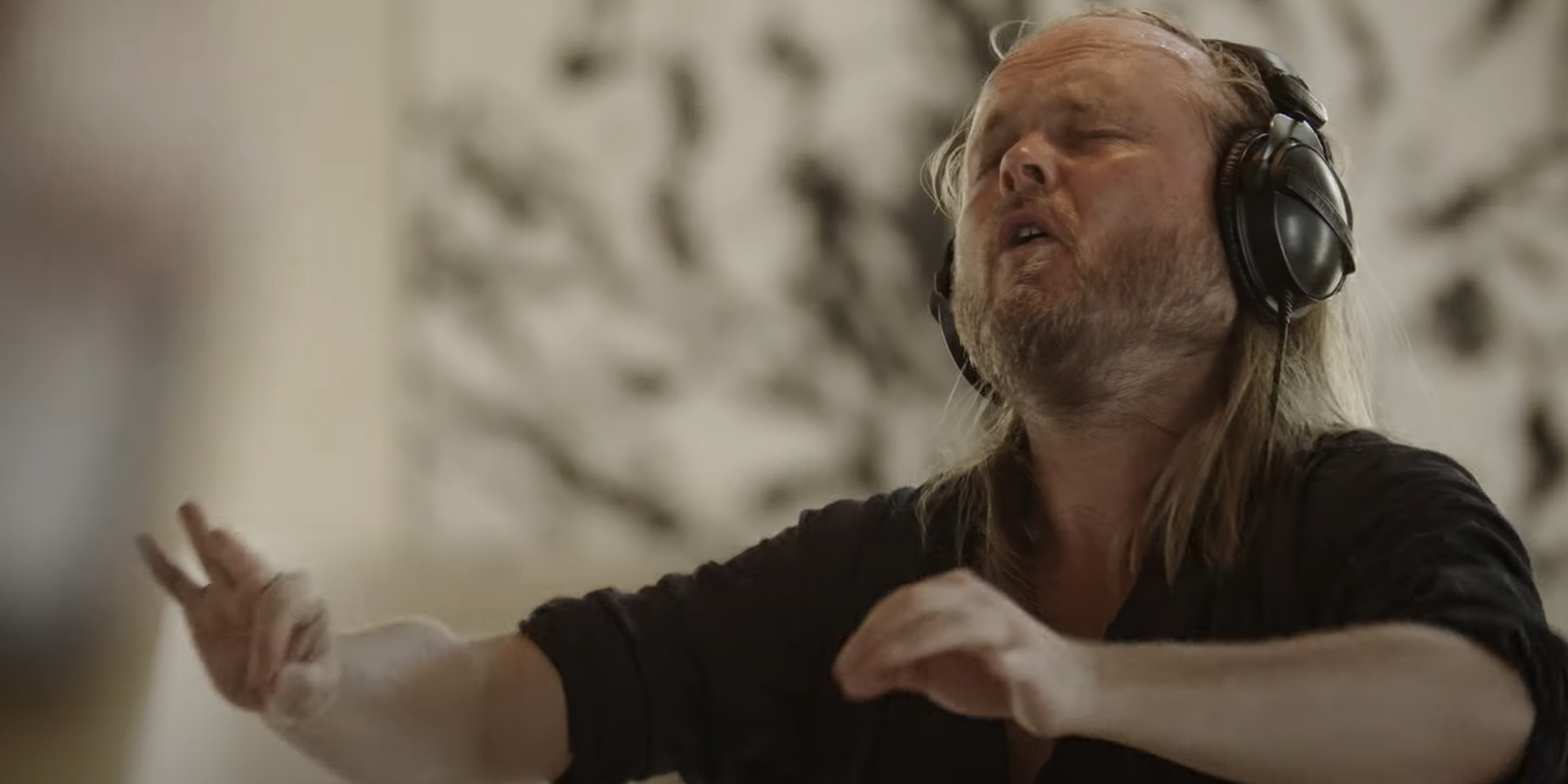One of the most innovative vocal ensembles of the moment specialised in early music – Graindelavoix is helmed by the music researcher and vocal specialist Björn Schmelzer. The group from Antwerp has a reputation for delivering spectacular performances in which they stage Renaissance music theatrically, all the while exploiting the greatest possible sound potential of churches, museums and concert halls. Graindelavoix has brought along a 500-year-old masterpiece for their Elbphilharmonie debut: the incomparable »Earthquake Mass« by Antoine Brumel. This work by the Franco-Flemish composer sets to music the biblical earthquake when Jesus’ tombstone rolled away.
5 Questions
Why did you opt for Antoine Brumel’s so-called »Earthquake Mass« to feature in your new programme »Rolling Stone«?
I like this crazy mass by Brumel because it is just so unique. It has always been a dream to perform this composition for 12 voices; this monstrous and brilliant work that is full of contrapuntal contradictions. It is without precedent and cannot be compared to anything composed in Brumel’s time. He doesn’t seem to advocate a symbiosis or harmony with nature. Instead, imperfection, destruction and catastrophe are inscribed, as it were, in the process itself.
In your eyes, the Flemish painter Pieter Bruegel the Elder represents a similar approach?
In conceptual terms, certainly. At the same time, in Flanders, Bruegel was working on a new kind of grisaille painting in response to the destruction of works of art and as a reaction to the role of art representation in general. His stone paintings are an artistic riposte to the catastrophic climate in which he lived, to the end of art and to the question of whether it could continue to play an important role.

Why did you decide to begin the Rolling Stone programme with an Italian documentary made in 1967?
We use only the visual part of this extraordinary documentary by Luigi di Gianni to make the performance an even stranger experience for the audience. The new soundtrack by Manuel Mota forms the starting point for our further expansion of the »Earthquake Mass«. The film makes for a very important prelude, without any clear meaning, to delve into the work and accept and understand our artistic method, I think.
How did you approach the music?
The so-called Munich manuscript – the only surviving original copy of the Brumel Mass – is in itself a victim of the catastrophe of time – suffering from bacterial damage with the ink becoming increasingly illegible. We decided to take these gaps and holes seriously as symptoms, and even attempt to express them in audible ways. We had the idea of developing a kind of parasitic playing style for the electric guitar, sometimes in combination with the serpent, cornetto and two horns – as a kind of uncanny doubling or imitation with constant deviations, slips and inflections.
Who are the musicians involved in this project?
We have put together a very mixed line-up for this project. Alongside the nine regular Graindelavoix singers, I wanted to extend the group of performers with additional singers with wind instruments. The idea is to intensify the apocalyptic sonority, and also contribute to a special kind of historicity.
Last updated: 10.07.2023
Courtesy of KunstFestSpiele Herrenhausen, who conducted this interview with Björn Schmelzer on the occasion of the German premiere in May 2023.






